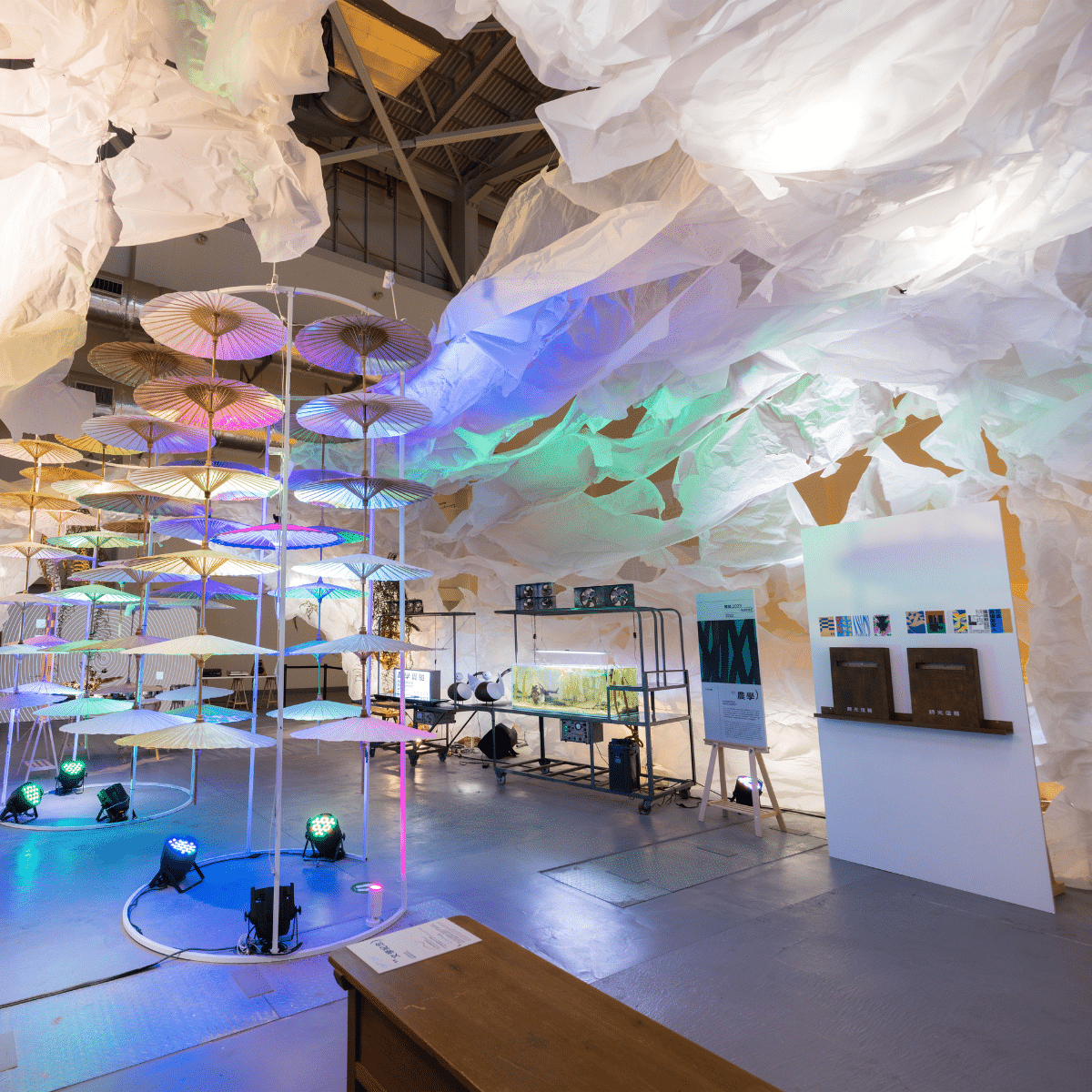The Blurred Lines Between Branding and Entertainment

Walk into any modern shopping district, sports arena, or entertainment venue, and you’ll notice something: As you enter modern shopping districts along with sports arenas and entertainment venues you’ll observe that branding has become a fundamental element of the experience. It is the experience. Businesses today create immersive environments where customers can enter beyond just purchasing products. And at the center of it all? Digital signage.
Branding and entertainment previously operated in distinct spheres. Businesses placed ads. Entertainment venues sold tickets. Simple. But those lines have been erased. Brands today don’t just support events; they actively participate in them.
Retail Spaces That Feel Like Theme Parks
Successful brands understand that entertainment is essential to attract customer engagement. The NBA Experience Store and the immersive Samsung 837 space in New York serve as flagship retail destinations. These aren’t just retail locations. These spaces serve as playgrounds with features like interactive digital walls and gamified shopping experiences alongside real-time social media feeds. Customers don’t just shop—they explore. They participate. They share.
Businesses must now demand more from their signage to achieve customer engagement. The screen functions as both a promotional space and a dynamic element that continues to evolve throughout the story. A strategically timed display transforms casual visitors into actively engaged participants.
Sports Arenas: Where Every Pixel Counts
If you’ve been to a stadium lately, you’ve seen it: Modern stadiums feature large LED displays that show dynamic graphics and real-time statistics while integrating sponsorships into the live action. Brands today go beyond mere logo placement by embedding themselves directly into the sport’s action.
Consider how Coca-Cola organizes digital halftime challenges while Nike utilizes interactive fan engagement screens. These digital displays transform ads into immersive experiences that connect fans to a larger community. Digital signage remains the essential tool for capturing audience attention in today’s world where attention functions as currency.
From Museums to Music Festivals: Branding as an Experience
Museums now use entertainment techniques to create immersive storytelling experiences with their digital displays. Music festivals now use digital signs which interact with audience motion to create real-time brand experiences that resemble art installations rather than standard advertisements.
Meow Wolf started as an underground group but today stands as a major force in experiential entertainment. Meow Wolf merges artistry with brand messaging and interactive play through their mind-bending narrative spaces. Companies are taking notes. The result? A growing number of companies are transforming their physical spaces into interactive exhibits rather than conventional retail environments.
How Digital Signage Functions in Today’s Changed Environment
According to BLR signage goes beyond displaying messages to create memorable experiences. Digital signage enables visitor navigation through multi-level entertainment locations while generating awe-inspiring retail experiences as well as seamless brand integration into sports culture without being invasive.
Branding’s future will focus on creating experiences people want to join instead of promoting products. It means drawing people willingly into experiences they desire to join. The merging of entertainment and branding stands as an established fact. They already have. The real question is: Is your business a part of the show?